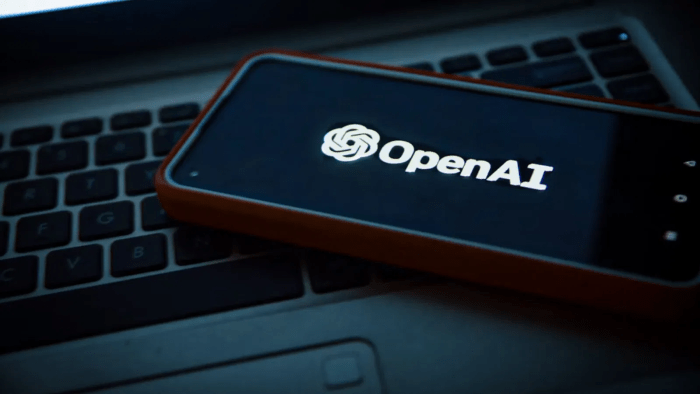
Yesterday, rumours emerged in various media such as Fortune and Inc. of OpenAI’s plans to change its brand identity and the strongly negative reaction that the proposed design received from employees. Below is a full version of our thoughts on this story and its implications, which were summarised in Marketing Interactive’s article on 25th September. Words by our Regional COO and Senior Consultant, Graham Hitchmough.
At the time of writing, the proposed “giant black O” logo for OpenAI – and the reported internal backlash – remains a juicy rumour. We haven’t seen the design yet, nor do we know how fully developed the concept might be.
What we do know is that there big structural and strategic changes are underway at OpenAI, meaning that some form of rebranding is likely on the cards. We also know that getting a vehement thumbs down from employees is rarely the best start to life for what will be one of the world’s most high-profile brand identities.
In the tech world changes of brand identity tend to be more frequent than in traditional industries. Digital assets are easier (and cheaper) to update, and tech companies tend pivot more often, needing to project their evolving offer to the world. Yet such changes often spark even greater hand-wringing and teeth-gnashing, because consumer tech brands by definition have massive, engaged, opinionated and connected audiences.
It’s too early to comment on the specifics of OpenAI’s potential new identity or whether the internal pushback will be enough to send its designers back to the drawing board. But the uproar and general derision of Twitter’s rebranding to X shows us two things. One, a fair critique of any new brand identity can only happen once we fully understand the strategic and business intent behind it – after the initial wave of clickbait responses have subsided. And two, sometimes when a company is big enough, bold enough and bloody-minded enough to believe that what they’re doing is right, no amount of principled design-led or strategic arguments will be able to convince them otherwise.